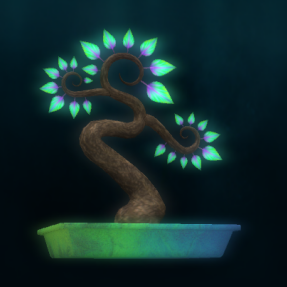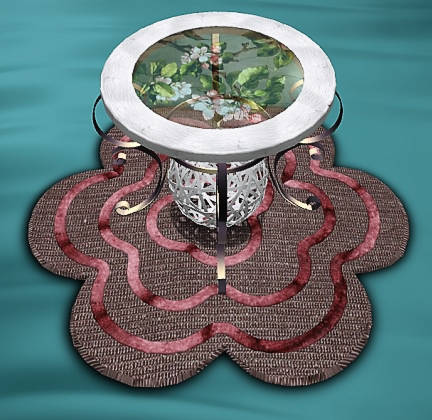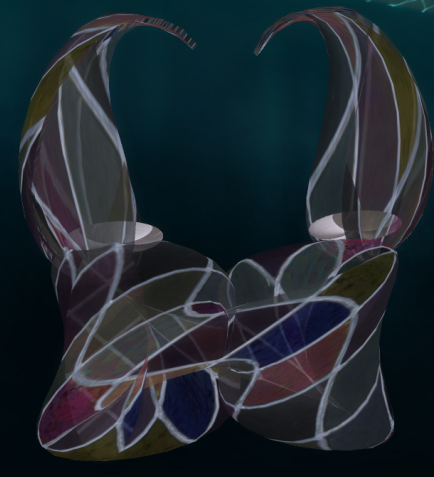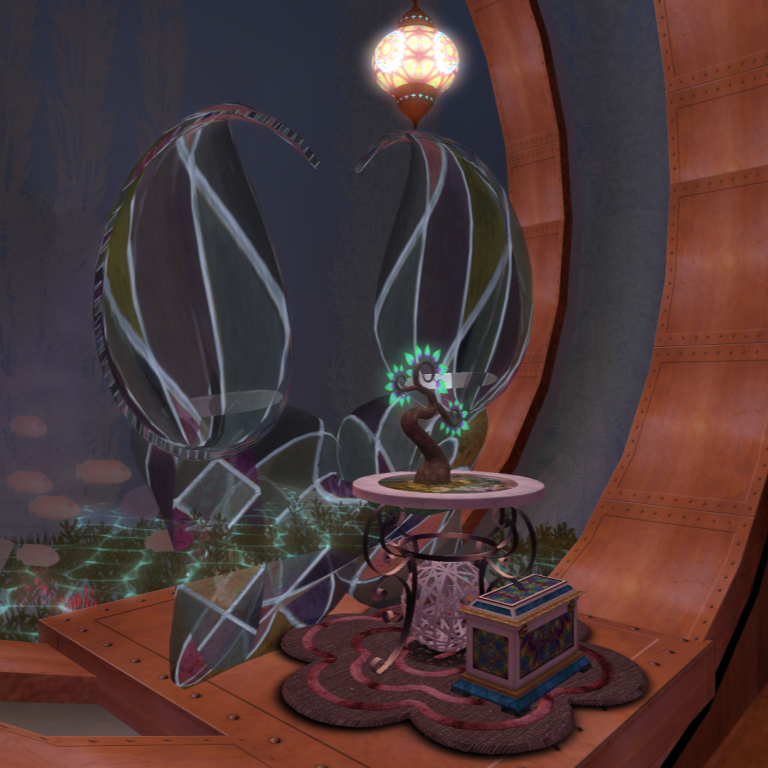kilsherst (kell SHERst)
Properties
Material Characteristics
Kilsherst is a 7mm thick fibrous substance, translucent, nonporous, faintly glossy, typically created in large sheets. It is flexible in its first two standard months (depending on atmospheric conditions, typically the first hundred standard days). Coloration is dependent upon the pollen consumed by the tomb-dauber scourge during nest-building season. Most often, the end product will be a faintly orange version of off-white with dappled whiter areas if baradium flecks are included.
After its curing period completes, kilsherst becomes a rigid, durable material that repulses water. It blocks light frequencies toward the infrared side of the spectrum while passing most ultraviolet light through unimpeded; thus, it can serve as a sunlight aperture while being slow to transfer heat. It is, however, more flammable than ferrocrete or permacrete. Once it begins to burn, the baradium inclusions are likely to explode, sending sparks or resin plasma bubbles in unpredictable directions; it is critical to keep all kilsherst constructs away from concentrated heat sources such as cooking surfaces or power generators.
Geology & Geography
Origin & Source
In the last activity period of its lifespan, a tomb-dauber works incessantly to gather pollen and overripened berry flesh from the plants in its range. It pulps this material together to build a pasty, fibrous nest -- often surrounding a piece of amphibious carrion that will provide easy protein for the hatchlings, once the dry season begins. Once the nest entombs a volume of space sufficient for every egg to have plenty of air and nutrition, the tomb-dauber seals itself into the nest. It can make repairs or reinforcments from within at first. Within a standard week, as rainstorms become constant and water levels rise, the tomb-dauber expires.
If this nest was built in the frame of a plasticrete container, one of hundreds or thousands hung up in an area for the insect scourge, the Tapani crafter hastens along to collect the nestboxes for processing.
All crafters are taught the importance of carefully separating out the eggs, which will be placed in a high-nutrient bath. Future kilsherst cannot be formed if the future scourge is formed of too few hatchlings!
Once picked clean of eggs, the crafter spends many weeks in a repetitive process of combing out the fibers, soaking the mass in watery sap or goo from the native plants, pressing it flat between two smooth surfaces in the desired shape, wringing out all fluid while gently stretching the sheet between two tension bars, then returning to the combing stage to refine the product again. This cycle may be repeated anywhere from fifty to five hundred times. It likely requires a specific series of plant-based liquids for the soaking step.
The finished product is flexible, not strong. Its resin makes it self-sealing: it allows no fluid to pass through it, neither air nor liquid. It can be dipped in a simple lubricant and plastered onto an existing structure, for example the interior wall of a permanent structure, then scraped with a cushioned edge to push the lubricant and air bubbles out of the space between the two materials. Natural temperature variations between day and night, plus exposure to ultraviolet light, cure the kilsherst into its final rigidity.
History & Usage
Everyday use
Kilsherst is often used as a component in land-based residential construction and furniture framing on the planets where it is created. Underwater settlements are less likely to use kilsherst in their buildings due to long-term safety concerns, but more likely to craft everyday use load-bearing furniture of kilsherst for aesthetic purposes.
The best kilsherst artists have developed techniques to create near-perfect transparency in small quantities. The clearer kilsherst requires stricter, more exacting chemistry work before the tomb-daubers reach their pollen feast stage, and again to disrupt the egg-caching process within the nests. The resulting fibrous resin matches more traditional kilsherst for structural strength but is less resistant to heat transfer, making it a poor insulator.
kilsherst artwork
In this example from the Kilsherst Crafters' Market Showroom in Duch, Vorbulba Barony, Tavitzek, Tavitz System, we see several top-level functional artworks by notable artists of Reena Province. Each item in this furniture grouping is rated for everyday use. The chairs, the semi-transparent central surface of the table, the leaves on the bonsai sculpture, the sides of the cold lantern, and the inlaid panels of the small chest are all made of kilsherst.
Expect high prices (in comparison to standard goods in Reena Province). However, with basic care and average use, these gorgeous items should continue to be useful to third- or fourth-generation heirs of the owners.
Master Crafter Meadow Tiogar:
Dual Chairs with Silver Cushions
16000 marks
Master Crafter Kerryth Tarantal:
Persian Lamp, Coldlight, with Extra Chain
Treasure Chest
Spyralle Bonsai Tree
Treasure Chest
Spyralle Bonsai Tree
7250 marks
9100 marks
1830 marks
9100 marks
1830 marks
Master Crafter Sasheba Looming:
Stained Glass Round Side Table
13280 marks
 Spyralle Bonsai Tree by Spyralle  Stained Glass round side table by Sasheba Looming  Dual Chairs with silver cushions by Meadow Copperfield Tiogar | |
|---|---|
On land, where the craft originated, kilsherst most often appears as a glazing or barrier filler in outer wall apertures, where most permanent planet-based construction uses clari-crystalline or transparisteel. Many builders also layer kilsherst over the outer and inner surfaces of walls that are likely to face strong weather effects: fully cured kilsherst is absolutely not as durable as transparisteel, of course. But even in double or quadruple layers, it weighs less than a single layer of metal alloy and is easier to smooth onto complex shapes.
Also, of course, it is exponentially less expensive for citizens living along the Caloria Run in the necessary quantities than any imported building materials would need to be.
Type
Textile
Rarity
- common in Reena Province
- rare elsewhere
Taste
savory, nutty (toxic to most sentient species)
Color
orange-tinged off-white
Common State
solid
Related Locations
Related Species



Comments